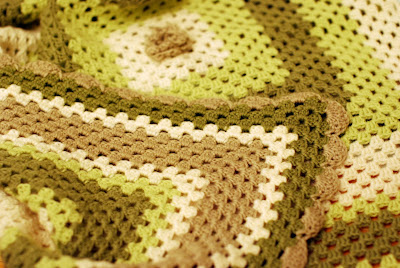Yarn: Alpaca yarn, mixed with Merino and Nylon for a more durable yarn (STERK from Du Store Alpakka)
Grams: 90 g
Alpaca is a natural fibre with several nice qualities. It is approximately three times warmer than wool, and its breathing abilities keep you warm when you're cold and cool when you're warm. In addition, the fibre is naturally rich in sulfur, a chemical substance that cleans the fibre when the garment is aired. Because of this, it's often adequate to hang the garment out to air rather than washing it. If a wash is required, always handwash with a suitable wool-friendly detergent. The Alpaca fibre does not contain any lanolin, making it hypoallergenic.
The sock start with a k2 p2 rib, but every 3rd row the k2 is replaced with a special twist, creating something similar to a proper cable. This is achieved by knitting through the back of the second stitch, leaving it on the needle while knitting through the front of the first stitch. Now both stitches can be slipped of the needle.
 This twisting technique is repeated every 3rd row all the way down the leg. Turn the heel, using reinforcement stitches. The twisting technique is continued on the instep, whilst the sole is in stockinette stitch. When starting the decrease for the toes, knit stockinette stitch on both the instep and the sole.
This twisting technique is repeated every 3rd row all the way down the leg. Turn the heel, using reinforcement stitches. The twisting technique is continued on the instep, whilst the sole is in stockinette stitch. When starting the decrease for the toes, knit stockinette stitch on both the instep and the sole.The decrease is stopped when a suitable number of stitches remains (usually something like 16 stitches), using a grafting stitch to graft the remaining stitches together.
Fasten ends and block the socks with lots and lots of steam . Blocking always makes a big difference to the end results, it usually makes all the difference.












